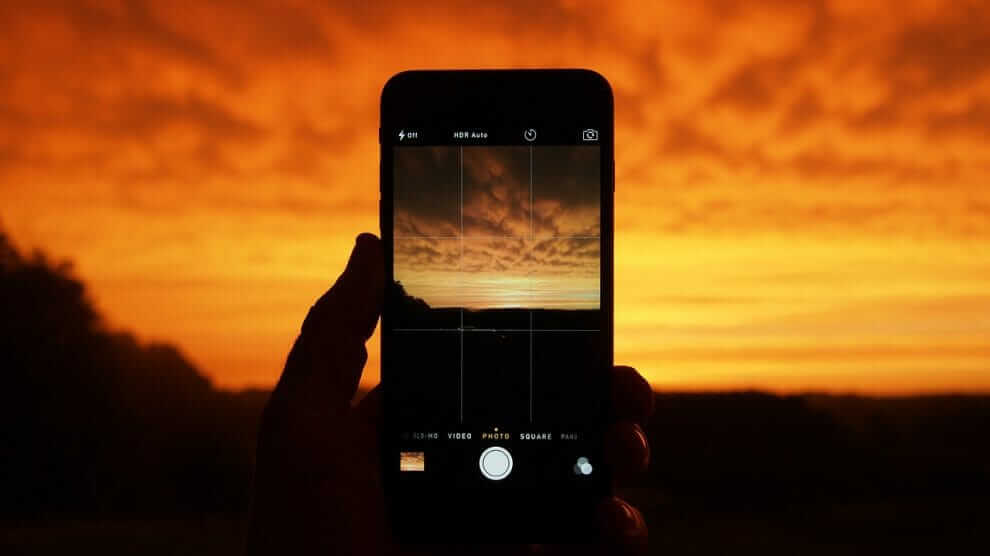Photographing sporting events may be a difficult task. Simply said, thorough planning and prior photographic knowledge are strongly needed for successful photography. Being aware of your surroundings at all times and taking quality images without bothering the visitors are essential skills for this job.
Listed here are seven pointers on how to plan for and perform the photography for your next event or function.
1. Preparation
According to the team of event photographers at Schmittat Photography, planning logistics will save you a lot of time and will aid in the identification of significant defects and errors. Take advantage of this opportunity to become more familiar with your surroundings.
Here are a few things to think about before you start taking pictures for the next event.
Do your research
Investigate who will be attending the event, what the event is about, when certain activities will take place throughout the event, and where specific activities will take place so that you don’t miss out on any significant moments.
Have a Photography List
Having a photographic shoot list is an excellent communication tool between you and your customer. It guarantees that everything is covered, and it will save you a tremendous amount of time and provide you with peace of mind!
Dress Appropriately
Photographers should dress in a neutral color to avoid becoming overly distracting. Bright colors would be extremely distracting and perhaps dangerous, as they might result in a color cast from the light reflected off the photographer’s clothing and onto the subject’s skin. As a result, the majority of photographers dress in black or grey. Ensure that your shoes are comfy and noise-free as well! With noisy shoes on, there’s nothing more embarrassing than trying to sneak across a room during a speech or ceremony.
Prior discussion with your customer, on the other hand, is your greatest bet for gaining a sense of what to dress.
2. Have the right gear
When it comes to event photography, you don’t need a lot of expensive equipment. External power flash with diffuser or reflector, full-frame DSLR with a mid-range zoom, spare batteries, and memory cards are the most important items to bring with you on your trip, in general.
A telephoto lens is required if the event is in a huge venue and the speaker is giving a speech. If the space is really small and crowded with people, then a widescreen is necessary. You don’t have one, do you? Consider borrowing from a friend or leasing a car for the day to get you about town.
The use of a second body camera is advised for more critical occurrences. This would spare you the trouble of having to change lenses on a regular basis. It is vital to know that certain clients may request you to provide additional equipment, such as photo booth backgrounds that are unique from one another (for example). To put it another way, it is critical to have previous communication with your client in order to achieve their expectations.
3. Rock up early and take pre-event photos
Preparation time should be between 15 and 30 minutes early, depending on the nature of the event. This is the moment during which you may begin to establish a relationship with the guests attending the event. As a result, when the event begins, people will be more comfortable with you approaching them and asking for a photo. This is also the best opportunity to capture images of the pre-event setup.
4. Take action shots
Now that we’ve figured out how to prepare for an event, the next step is to figure out what makes a good event shot. People posing for photographs during an event are significantly less intriguing than action images taken at the event. The image of Mary throwing her bouquet in the air, with all the other ladies in the background getting ready to see who will catch it first, is far more exciting to share than one of the people who caught it at the end. You understand what I’m saying. Be as swiftly as possible! Because of the nature of event photography, you must be always alert and ready to snap an image at any time. You can never predict what will happen next. Always be on the watch for any threats!
5. Know when to use flash
Natural lighting has a pleasing vibe to it, which we photographers like. Understanding how and when to use artificial light, on the other hand, maybe quite beneficial in low-light circumstances and locations.
Churches, weddings, and corporate events are all held inside.
Although it is strongly advised that you use an external flash when photographing events indoors, it is even more important to bounce the light off a white ceiling or wall for a more natural effect. You should always remember that TTL mode is your greatest buddy when working with external flashes. However, don’t be scared to experiment with your flash exposure adjustment to achieve better outcomes.
Festivals, sports, and other activities that take place outside
I know a number of photographers who don’t bother with flash while shooting outside, or who believe that flash looks strange in natural light. It’s only a matter of knowing when to utilize it: when your subject is poorly lit while shooting backlight, or when overwhelming the sun to avoid casting heavy shadows on your subject.
6. Get up and personal
Photos of people in a vast room show little about the event other than the sheer quantity of individuals that attended. It is more intriguing to approach individuals, engage in conversation with them, and then photograph them.
7. Frame the shot
Groups of three to five persons Landscape photography is a superb composition for a shot. Full-body pictures, medium shots, and headshots should all be included in your collection. Avoid white or blank space unless it is specifically intended for that effect. Take a step back and shoot with a larger focal length. You’re not looking for distortion, are you?
8. Shoot in RAW image format
The fact that you must shoot in RAW is virtually self-explanatory, but if you want to take high-quality photographs, you must do so. The RAW format captures all of the information from the sensor, resulting in the maximum possible image quality. It would be quite difficult to alter the JPEG format using Lightroom or Photoshop, especially in low-light situations. Using RAW will make your life easier when it comes to fixing photographs that are either underexposed or overexposed. I could go on and on about why shooting in RAW is fantastic, but the bottom line is that you should utilize it if you have enough capacity on your hard drives.
Follow Technoroll for more!





